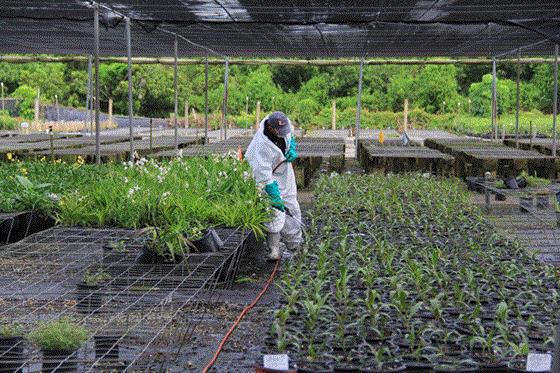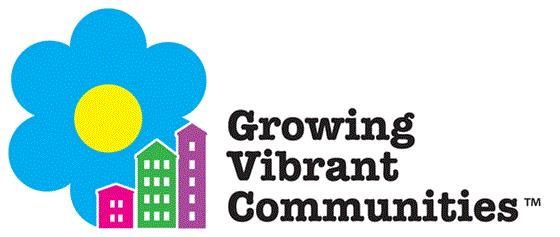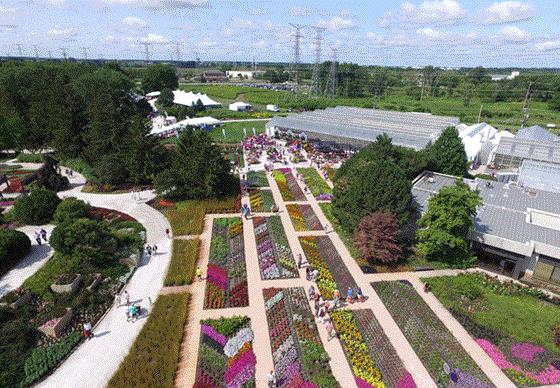Is thinking in “seasons” bad for business?
I wrapped up my GrowerTalks Spring Weekend Survey at the end of June, but there was one last topic of discussion left hanging that I wanted to address. It comes from reader Will Heeman, the “chief daymaker” at Heeman’s Garden Centre in Ontario, Canada.

Will, our Green Profit Young Retailer Award winner in 2016, took me to task in the gentle way only a “chief daymaker” could, by saying of my weekend survey, “I would like to kindly, out of love, suggest that you keep this going.” Meaning he wants me to keep my weekend survey going all summer long. Yikes!
Why did he make that request? Because by ending the survey, I was signaling to the industry that the season is over and serious selling is behind us and we could all take a vacation.
Continued Will:
“Just like when we tell people that fall is for planting, but don’t stock our stores or look like it’s really a key season, we signal to customers that we’re done and they should be, too.
“I say this because I feel the real strength of how a season goes is really from June to October—at least in Canada. All too often I hear, ‘We had a banner May and lost it over the summer’ or ‘We were soft, but made it up.’ With a focus now in the industry of ‘winning summer,’ it’d be great if we didn’t say 'full-season' like the season is done. In reality, it’s only half over.”
I concede your point, Will. While many industries have a seasonal nature to them, the key to running a business is meeting your customers’ needs whatever and whenever they are.
That said, the beauty of running your own business is that you can do it the way you see fit. I know some businesses that close down July 1 and reopen September 1. They’re more profitable, and their customers seem to be okay with the loss of a summertime shopping venue.
Or perhaps they go to Will’s place because it’s open and fully stocked all the time?
Got an opinion on operating in seasons vs. operating like every day is a prime spring day? Weigh in HERE.

Judy’s summertime strategy
Regular contributor Judy Mitchell of Mitchell’s Nursery & Greenhouse in King, North Carolina, could certainly use summer heat as an excuse to head to the shade. But she doesn’t—she keeps the garden center rolling all summer long, and it pays off:
“We cut back on staff after Mother’s Day. Usually we keep some seasonal [staff] through May. By being a grower of everything, we keep full-time [staff] year-round. We potted mums last week and fern liners this week. We have been busy potting shrubs since Mother’s Day. We have still been potting a few perennials as we sell out of them, mostly for retail. We have potted Dragonwing Begonias, lantanas, and petunias in 6 in. We always pot a late crop of trailing vinca in hanging baskets and will pot lantanas for late summer sales into fall. I like them better than mum hanging baskets and talk customers into them, also.
“We are picking up new customers as other retail operations let plants go without fertilizer and don’t reorder plants. Everyone comments on how clean we are and how good everything looks. We make enough to pay bills and employees, even in winter and summer. April and May are definitely the big months, but with good management, every month is important.”
Judy added that they celebrated their 40th year in business by adding more greenhouse space and a growing area for trees and shrubs just down the road, which will free up space for additional parking.
“It has been a slow, steady job to grow the nursery that we started in our backyard. Sales are up a little over 20% for the year! … We are becoming a regional retail nursery and greenhouse, which is amazing because we still don’t have a building for a garden center, with all of the things that go with it. We try to do what we do best—grow plants.”

Fighting insects, weeds in Florida
How Jen Zurko got the trip to my home state instead of me, I’ll never know. But she did, and she wrote about it:
The week leading up to Cultivate, I squeezed in a visit to the Homestead, Florida, area as a guest of Bayer, who invited a small handful of trade journalists to their first-ever media event for the horticulture segment.
During the event, we visited two area nurseries, Nature’s Way and Costa Farms, to see how they utilize not just Bayer’s products, but all of the different pest and weed-control products that are available to them and how they help them meet their challenges.
Bill Bodnarek, head grower at Jon’s Nursery just north of Orlando, spoke to us about how they’re a no-neonic operation, moving toward using more biologicals. With Bayer’s Altus being a bio-friendly insecticide, they’ve truly been able to practice IPM. Bill did the math on their mandevilla crop: In April 2017, using just a broad-spectrum insecticide cost $31,000 (including labor costs); now, using Altus along with beneficial predators, they only spend $6,000 a month. He said they’re also using Altus on hibiscus.
If you’ve ever visited a Florida grower, you know they don’t grow in greenhouses (too hot!); all of their production is done outdoors. Some crops are grown under shadecloth or a layer of plastic, but there aren’t side walls, so it’s much harder to control insects and weeds, as you can imagine. And with labor being hard to come by, it’s hard to keep up with hand-weeding and spraying under benches. But Percy Ilosa, head grower for Nature’s Way, said that using herbicides like Marengo have helped significantly decrease the time spent hand-weeding.
With a hot, humid and rainy climate, growers in Southern Florida have the triple whammy when it comes to pest and weed issues. And when we were there in early July, the weeds were growing like Goldilocks after eating Baby Bear’s porridge—the conditions were just right.
 Spraying Marengo herbicide in one the shade houses at Nature’s Way in Homestead, Florida. Beats hand-weeding!
Spraying Marengo herbicide in one the shade houses at Nature’s Way in Homestead, Florida. Beats hand-weeding!

Webinar: 3 Growers talk about HydraFiber
Want to hear about HydraFiber from growers who actually use the stuff? Then click HERE to tune in to my next webinar on Tuesday, July 30 at 1 p.m. Eastern/Noon Central.
I’ve done several webinars on wood fiber from manufacturer HydraFiber, but this is the first one in which we’ve got real, live growers talking about their experiences with the product—the pros, the cons, the challenges and the benefits. And on a wide range of crops, too—including hemp! My guest experts are:
- Scott Barnitz of Bob’s Market in Mason, West Virginia (annuals, mums)
- Chad Cagle of Colorpoint, Paris, Kentucky (annuals, mums, poinsettias, hemp)
- Steve Garvey of Dallas Johnson Greenhouses, Council Bluffs, Iowa (annuals)
Joining them will be HydraFiber team member Daniel Norden, Senior R&D and Technical Specialist Manager for Profile Products' horticulture business, who will share more examples of how this technology is helping growers build an efficient and effective media program.
As always, sign up at www.growertalks.com/webinars.
I’ll be your host, so you know it will be fast-paced, informative and fun!

AIB's “Growing Vibrant Communities”
I put that phrase in quotation marks because it’s the title of the latest initiative from America In Bloom. Growing Vibrant Communities is an effort to encourage towns to get involved in beautification, but at a lower cost and commitment level than the America In Bloom competition. It’s sort of an entry-level AIB, or AIB lite.

The idea is for townspeople to get engaged in their communities through volunteer engagement with the help of GVC advisors and technical experts. There is no formal judging as with AIB; instead, community volunteers do a self-assessment in seven possible areas: community vitality, flowers, landscaped areas, urban forestry, environmental efforts, celebrating heritage and overall impression.
Unlike AIB, it’s a year-round program, so there are no entry deadlines—you and your town can get rolling whenever you like! The entry fee is just $299, so any small group or local business can afford to get their community involved in the program.
Curious about how you can get your neighbors more involved in beautification? Check out the program at http://growingvibrantcommunities.org

Finally ...
It’s going to be a busy week around Ball Publishing and parent company Ball Horticultural Company. First, I head north to Minneapolis Wednesday and Thursday for a press day at Bailey. It’s been quite a while since I’ve been to the Twin Cities and I’m looking forward to catching up with their latest projects.
Then it’s back home just in time for the biggest day of the year here at Ball, customer day! Or as it’s formally known, Ball Seed Field Day and Landscape Day. It’s Friday, July 26, from 8 a.m. to 3 p.m. If you are anywhere within driving distance, you really should come out. It’s your best shot at seeing all the great new genetics for 2020—not only from the Ball breeding companies like PanAmerican Seed and Ball FloraPlant, but many of the suppliers that Ball Seed sells. There are also additional vendors, tours, demos, lectures and lunch in the big tent. Naturally, Jen Zurko and I will be out and about with Snoopy the drone.

Come hang out with Anna and company! Click HERE to register.






See you next time,

Chris Beytes
Editor
GrowerTalks and Green Profit
This e-mail received by 23,670 loyal readers!
Thanks to my loyal sponsors, who help me reach the 23,670 readers of Acres Online in 66 countries. Want to be one of them (a sponsor, that is)? Give Paul Black a shout and he'll hook you up.